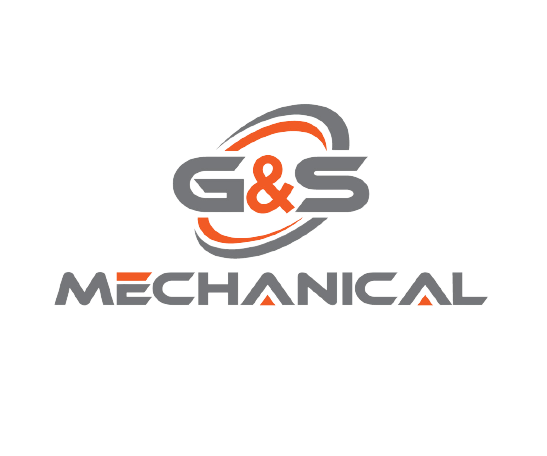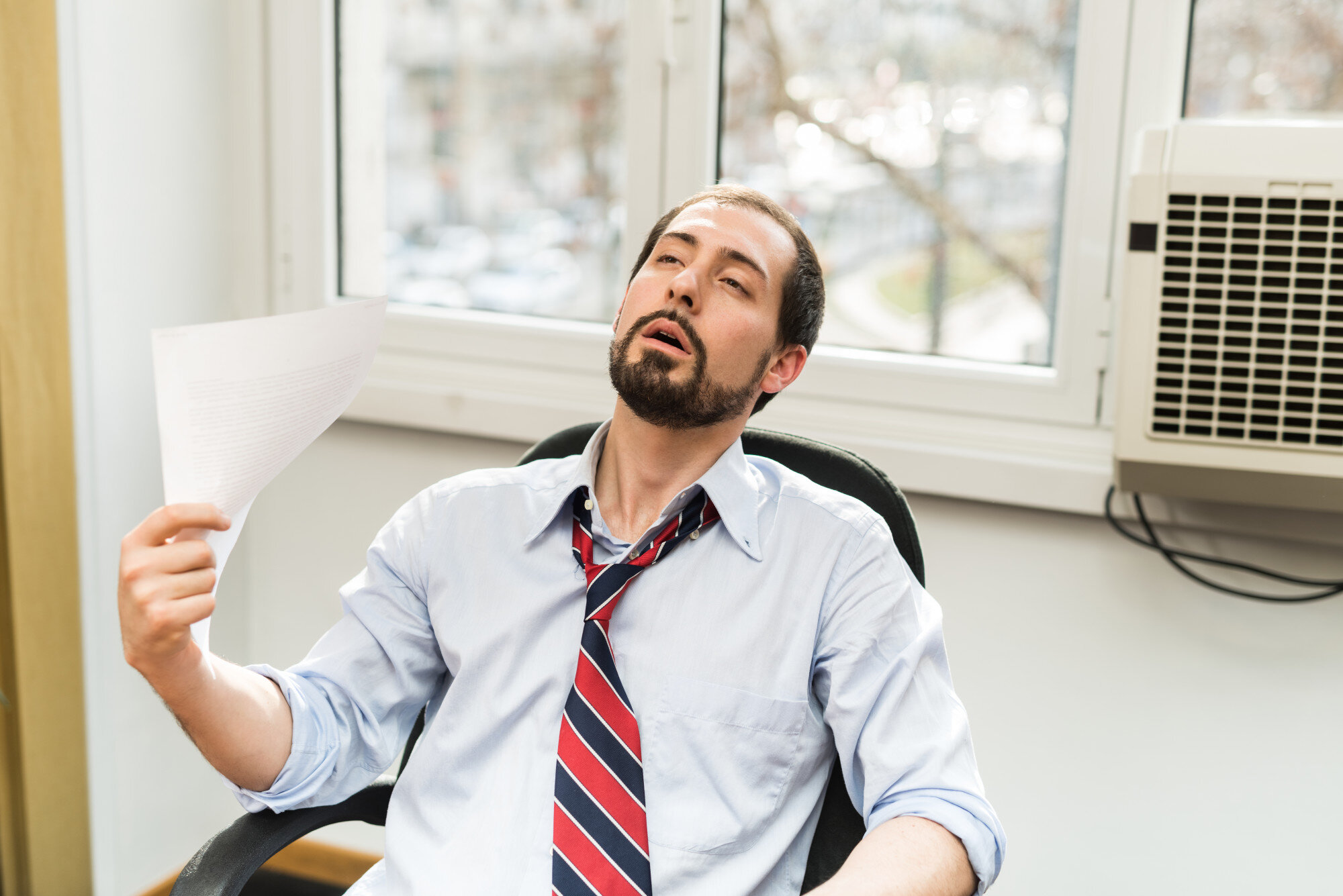Is Your Home AC Not Cooling? 5 Causes (and Solutions)
With the unpredictability of this year's weather in Austin, AC maintenance has been more important than ever. It's too easy to get stuck struggling against record-high heat, so we depend on our indoor escapes to provide some much-needed relief.
As we know, the more we need them, the more we wear them down, and before long you'll catch your AC not cooling. It's a frustrating eventuality for any homeowner. The last thing you want is an AC repair to cost you money, time, and comfort.
If you're not sure what to do when you have a problem, we'll discuss the main reasons why your AC isn't cooling, how to fix common issues, and when to call for help.
Why Is My AC Not Cooling?
Sometimes, the thermostat stops working. Other times, your outdoor fan won't kick on, and still more times you just aren't sure why your AC isn't getting cold air. Your A/C system is a complex network of components that need to work seamlessly to deliver cold air, and there are many opportunities for it to fail.
Here are the top five reasons that you may be having problems with your AC not cooling.
1. Thermostat Issues
Some of the most common AC repair calls don't have anything to do with the AC system but rather the thermostat. If your fan or heating/cooling settings are not configured correctly, you may feel that your AC isn't getting cold air or that there are electrical issues.
Check to make sure your AC is changed from "heat" to "cool", a common oversight for many homeowners coming out of the cooler winter months.
Your fan settings may also need to be adjusted if you notice your AC is not cooling, but the fan is still blowing air out of the vents. When your fan setting on the thermostat is set to "on", it will run constantly. Make sure your fan is set to "auto", and it will only kick on when the AC starts cooling.
The AC may quit suddenly, or you may notice your thermostat's display is no longer lit. These are often problems stemming from the power supply.
If your thermostat runs on batteries, you may need to replace them to get the system up and running. There may also be a tripped breaker, which you can reset from the breaker panel.
When all else fails, remove the thermostat cover and check the wiring for loose connections or dust buildup. Turn off power to the thermostat, and try to clean and reattach your connections. If your thermostat continues to be an issue, it may need replacement or professional intervention.
2. Dirty Air Filters
Your system is exposed to contaminants both inside and outside, and eventually, it will need cleaning to keep running smoothly. One of the most common causes of limited airflow is a dirty AC filter.
AC filters need to be changed at least once every 90 days or sooner, depending on your indoor air quality needs. This can be inconsistent, and it may take in more dust at certain times than others. To make sure you don't run too long with a clogged filter, check your filter at least once a month.
You can find your filters either in a large wall, ceiling, or floor register, or it may be in a slot in the air handler. The unit is a large metal box that holds a fan and motor to pull air from your house and send it through the HVAC system. If you don't have registers throughout the house, you can usually find a narrow hinged slot on the air handler where you put the filter.
3. Dirty or Blocked Condenser
An air filter may not be the only part of the system that needs cleaning. If your condenser or evaporator coils are dirty, they may not be doing their job during the heat exchange process. Inspecting these components should be an important part of your summer HVAC checklist before firing up your AC.
The outside unit houses the condenser coils with the exterior fan. Because they're out in the elements, the condenser coils can build up layers of grime. Meanwhile, vegetation can grow around the condenser, potentially covering it up or clogging it.
With the outdoor fan's help, the condenser releases heat into the outside. If anything is covering or blocking the metal coils, they'll be insulated, and the heat won't release as it should.
Turn off your AC before working on the condenser. Check the condenser for damage or any obstructions around the unit, like growing plants or piled-up leaves. Trim back any plants, pull out any sticks or leaves in the condenser coils, and give the box at least 18 inches of cleared space around it.
Brush the coils to knock away any large pieces of dirt and inspect for damaged coil fins. If any are bent, use a fin comb to correct the alignment.
Gently rinse and soak the coils with your garden hose. Apply a coil cleaner with a brush, and let it sit for about 10 minutes. You can buy foaming solutions at home improvement stores, or you can make a cleaner at home.
Finish up by rinsing the cleaner off the coils with your hose. When you're not using your AC, you can cover it to protect it from the elements, but this can cause issues if you let it sit too long. Mold can grow, and pests can take cover in your system, so it's best to leave it uncovered unless you face severe weather.
4. Low Refrigerant
Refrigerant is the liquid that flows between the evaporator and the condenser, cooling the air coming in from your home. Older systems use freon, while new units use the more eco-friendly R410a refrigerant.
The AC is a sealed system, so there should be no loss of refrigerant if the system was installed correctly and there are no leaks.
Over time, leaks can open up, and you may find your AC isn't cold, the air is more humid, or there is ice built up on the evaporator. You may also hear the telltale bubbling, gurgling, or hissing sound both when your system is running and while it's off, an indication of a severe leak.
If you notice any signs of a leak, you need to call your AC repair technician immediately. Refrigerant, particularly freon, is extremely hazardous to humans, pets, and the environment, so it can only be handled by professionals. The EPA, along with certain manufacturers, requires certification to handle refrigerant and related equipment.
Leaks are not always obvious, and you may go months without realizing your cycles are longer and your energy usage is going up. One of the essential benefits of preventative maintenance is catching these leaks early.
5. Faulty Motor
If there's no cold air from the AC, or you notice a buzzing sound, it may be a bad motor.
The outdoor fan helps cool the condenser coils, so if it isn't running, the air coming in will be warmer than it should be. A malfunctioning motor or blown capacitor could be at fault.
If your AC is running, yet the fan isn't spinning at all, you can test for a bad capacitor by using a stick to jumpstart the fan. If it starts spinning like normal once you kickstart it, your motor is fine, but the capacitor might need a replacement.
A capacitor replacement is one of the few AC repairs you might be able to tackle yourself, which can save you a few hundred dollars. The part itself costs less than $40 for most residential units, and a brand new one will last for 10 or more years if installed properly. It does require work with electricity, so if you are concerned about injuries, contact a repair technician to do the work.
Research your AC model to find out how many capacitors it uses, where they are located, and which part numbers you need to order.
You can replace the capacitor by turning off the AC, removing the outdoor unit's access panel, and swapping the capacitor for a new one. For safety, installation, and wiring instructions, check your manufacturer's specifications for the unit.
If your fan is spinning slowly, doesn't stop when the AC turns off, or doesn't start when you try to kickstart it, you have a bad motor. Motor repairs and replacements are much more involved, and there's a greater opportunity to make costly errors. To prevent further damage, motor repairs are best left for a licensed AC maintenance technician.
Get Help When Your AC Isn't Cold
Is your AC not cooling despite your best efforts? AC problems can run deep, and larger issues like poor installation or improper AC size could also be the culprits. The best way to save money and extend the efficiency of your system is to schedule a professional inspection and tune-up at least once a year.
If you need help getting ready for our long summers in Austin, HVAC repair and maintenance from our certified team at G&S Mechanical should be a top priority. We have 30+ years of delivering cost-effective service and expert advice for our customers, helping them save time and money. Contact us today for more information on our HVAC service or to get started on a quote.


